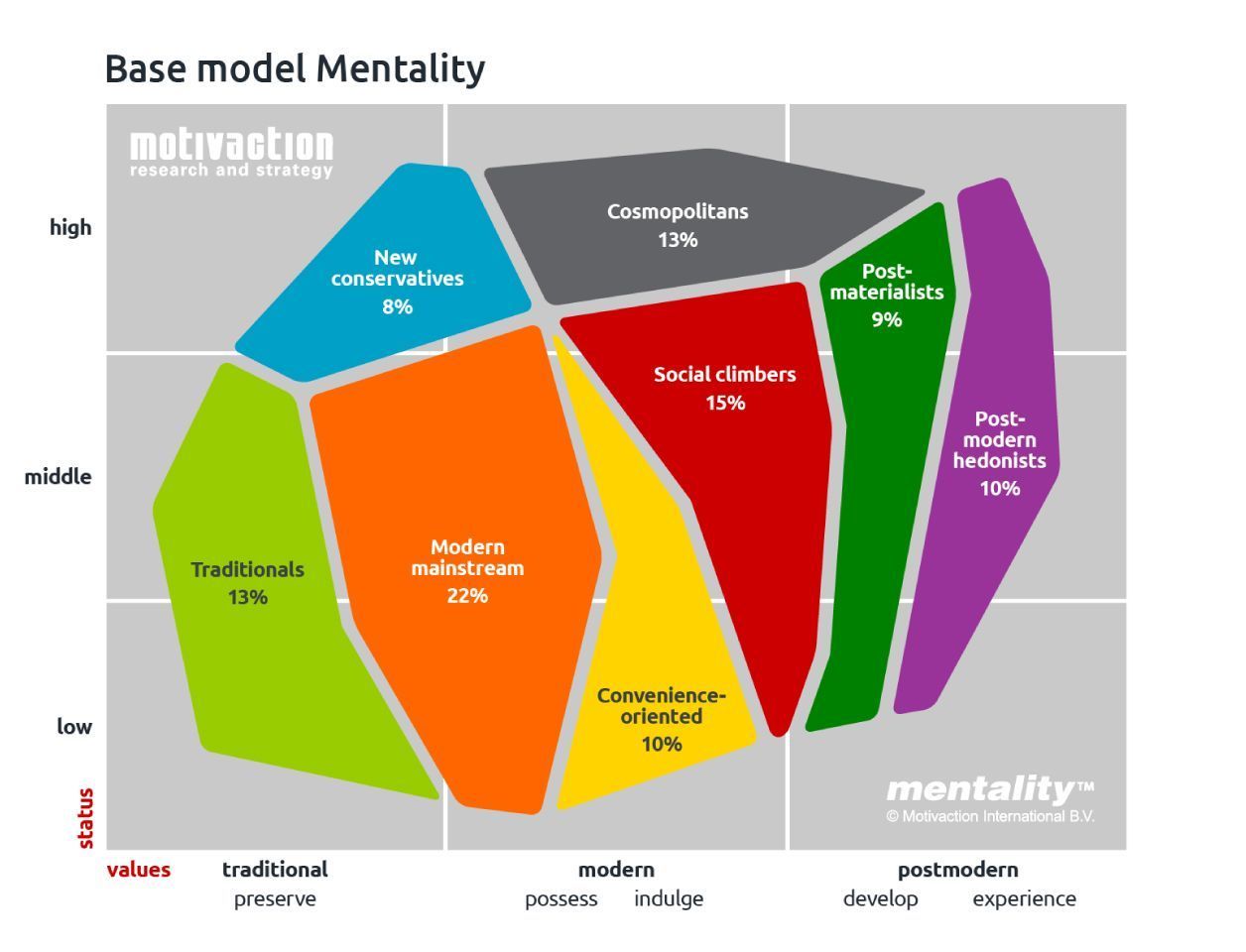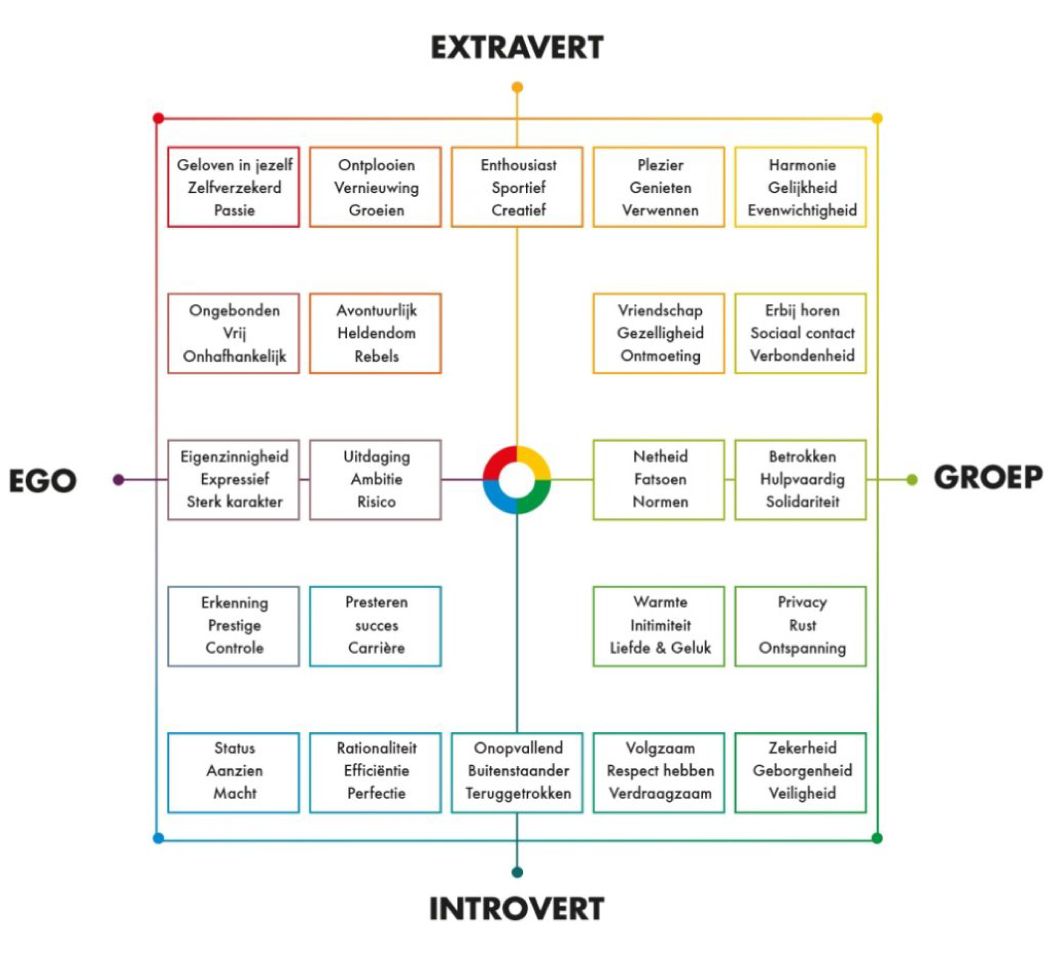How do you define your focus groups?

If you want to be successful, you will have to choose one or a few target groups and respond to the wishes and needs of these target groups as well as possible. But how do you define your target groups?
In this series of blogs, marketing professional Edwin van der Woude of Het Regiobureau takes us into the world of focus groups, and what we can learn from this from the leisure and travel industry. Blog 1 focused on the importance of knowing your focus groups for your strategy. In this second blog, Edwin talks about how to define focus groups.
Demographic data is no longer enough
It has long ceased to be enough to segment on demographic criteria. Prince Charles and Ozzy Osbourne have the same demographic profile (born in 1948, raised in Britain, married twice, 2 children, successful and wealthy), but will they have the same needs? No, of course not. Their values, which underpin their behaviour, are completely different. So it is not age, social status or number of children that determine their behaviour, but their values. So you have to segment and select on that.
But how do you segment the population based on their values or motivations? There are two widely used models that segment on the basis of values which have been devised by reputable agencies. These are Motivaction's Mentality model and SAMR's BSR™ model. To best explain it, we dive into the theory.
Mentality model Motivaction; status vs change
The Mentality model classifies "humanity" based on the value they place on status (vertical axis) and whether they are more conservative or more progressive. In other words: attaching more to how things are and were or being more of the change. Based on these values, Motivaction defined eight social environments. These segments - and the extent to which they occur in the Netherlands - are shown in the figure below.

BSR model™; psychology vs sociology
Another great segmentation model is SAMR's BSR™ model. This model classifies the population based on a psychological axis and a sociological axis. In common parlance, this is whether someone is more extroverted or introverted and whether someone is more ego- or group-oriented. In the figure below, it can be seen that with this classification, four quadrants emerge: vitality, harmony, control and security. These quadrants form the basis for segmentation.

With this, we have shown that choosing and defining target groups based on age, family composition etc. is no longer effective enough. Lifestyle segmentation, which is based on values, is much better. And there are already models you can do that with: Mentality model and BSR™ model. Since we have a lot of experience and knowledge of the tourism sector, in the next blog posts we will tell you about how we apply the BSR™ model and the Mentality model in this sector and how to create personas based on this model.

